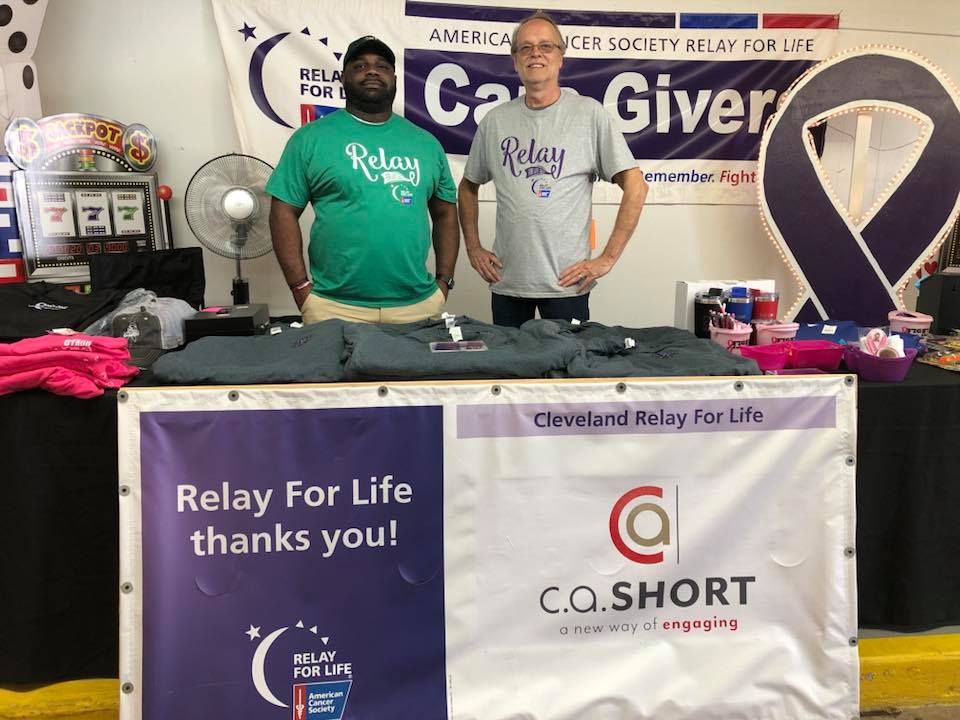When it comes to “safety” in the food processing industry, consumers likely associate that term with the quality of the food produced – but industry insiders know that you have to worry about keeping more than just the food safe. You’re also responsible for ensuring the well-being of every worker!
In addition to the ethical and legal obligations of maintaining a safe working environment, there are many benefits of keeping your team injury-free. Most notably, perhaps, is that it impacts your bottom line. After all, the costs associated with safety incidents must be reconciled. This usually occurs by increasing the shelf price for consumers, which commonly results in less goods sold.
Luckily, this can all be avoided by taking proper safety precautions and making sure that your team is fully engaged at all times. One of the best ways to achieve this is by implementing a comprehensive Safegagement strategy.

Recognizing Safety Concerns in the Food Processing Industry
Food Processing’s 14th Annual Manufacturing Trends Survey indicated that nearly two-thirds of senior management executives in the food processing industry rank worker safety as a top concern and needs to be incorporated into their company's overall strategy and culture. It's important to remember that safety initiatives must go beyond decreasing recordable injuries and extend to workplace safety incident prevention, paying close attention to near-miss events, lock-out or tag-out measures, peer observations, and safety training. This puts the focus on recognizing and preventing at-risk behaviors before an incident occurs.
OSHA® Compliant Safety Incentives in the Food Processing Industry
In order to make worker safety an integral part of company culture, many food processing and distribution companies use incentives to drive positive behavior change within their facilities. However, focusing solely on lagging indicators has the potential to discourage workers from reporting injuries. To create an OSHA®-compliant safety incentive program that is proactive, safety-derived leading indicators must also play a vital role.
There has been some confusion regarding OSHA’s view on safety incentive programs in the past, however, OSHA recently clarified their stance. According to the organization, incentive programs are great, as long as they are "structured in such a way as to encourage safety in the workplace without discouraging the reporting of injuries and illnesses.”
How a Safegagement Strategy Increases Employee Engagement
Through the use of a strategic and measurable Safegagement strategy, food processing and manufacturing companies can reinforce and recognize positive behavior changes in a way that best suits their employee engagement goals. A carefully crafted Safegagement strategy not only allows for managers to recognize workers for meeting company-based milestones, but it also allows for the integration of on-the-spot, peer-to-peer and social recognition of a company's workforce. Examples of recognizable inclusions include, in part: those that participate in safety trainings or workshops; participants who host a seat on a safety-based committee; employees that consistently wear all PPE; and employees who make suggestions that help the organization achieve total quality management.
As part of a strategic and holistic safety program, Safegagement not only raises awareness of safety-related issues in the workplace, but food industry professionals are able to reduce workplace accidents, reinforce positive behaviors and ultimately increase the company bottom-line.
C.A. Short Company partners with companies to manage, drive and facilitate increased employee engagement to increase financial performance, productivity, quality, and core performance outcomes. Our process and research-based platform enables executives and managers to engage their teams to increase the bottom line, motivate staff, and incentivize positive behavior. To Request a Complimentary Consultation, click here.




.jpeg)

.jpg)



SHARE